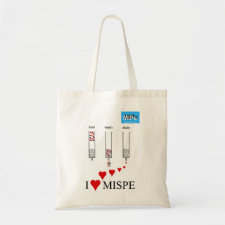
Authors: Warwick C, Guerreiro A, Wood E, Kitson J, Robinson J, Soares A
Article Title: A molecular imprinted polymer based sensor for measuring phosphate in wastewater samples.
Publication date: 2014
Journal: Water Science & Technology
Volume: 69
Issue: (1)
Page numbers: 48-54.
DOI: 10.2166/wst.2013.550
Alternative URL: http://www.iwaponline.com/wst/06901/wst069010048.htm
Abstract: Phosphate detection in water samples is still completed using colourimetric standard methods that have a number of disadvantages such as being time consuming, require filtration, a number of different reagents, frequent calibration and proper disposal of waste chemicals generated. Hence, a simple cost effective analytical method and instrumentation is highly desirable aid the optimisation of treatment processes and aid the water industry in their efforts to comply with stringent regulations such as the EU's Water Framework Directive. A sensor based on molecular imprinted polymer (MIP) and a conductance transducer was developed for direct and label-free detection of phosphate in water. The sensor was able to measure the presence of phosphate in wastewater samples with good reproducibility, a linear range of 0.66-8 mg P L-1 and a lower detection limit of 0.16 mg P L-1. The sensor was further tested to measure phosphate concentrations in unfiltered field samples such as domestic wastewater treatment influent and river water and demonstrated a close correlation with reference measurements. The phosphate MIP sensor offers a way forward as either a handheld sensor for use in the field, or as a potential solution for remote, continuous monitoring of phosphate.
Template and target information: phosphate anion
Author keywords: Conductance, MIP, phosphate, sensor, Wastewater



Join the Society for Molecular Imprinting

New items RSS feed
Sign-up for e-mail updates:
Choose between receiving an occasional newsletter or more frequent e-mail alerts.
Click here to go to the sign-up page.
Is your name elemental or peptidic? Enter your name and find out by clicking either of the buttons below!
Other products you may like:
 MIPdatabase
MIPdatabase









